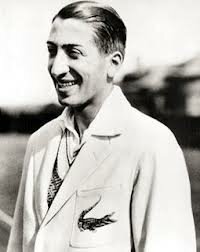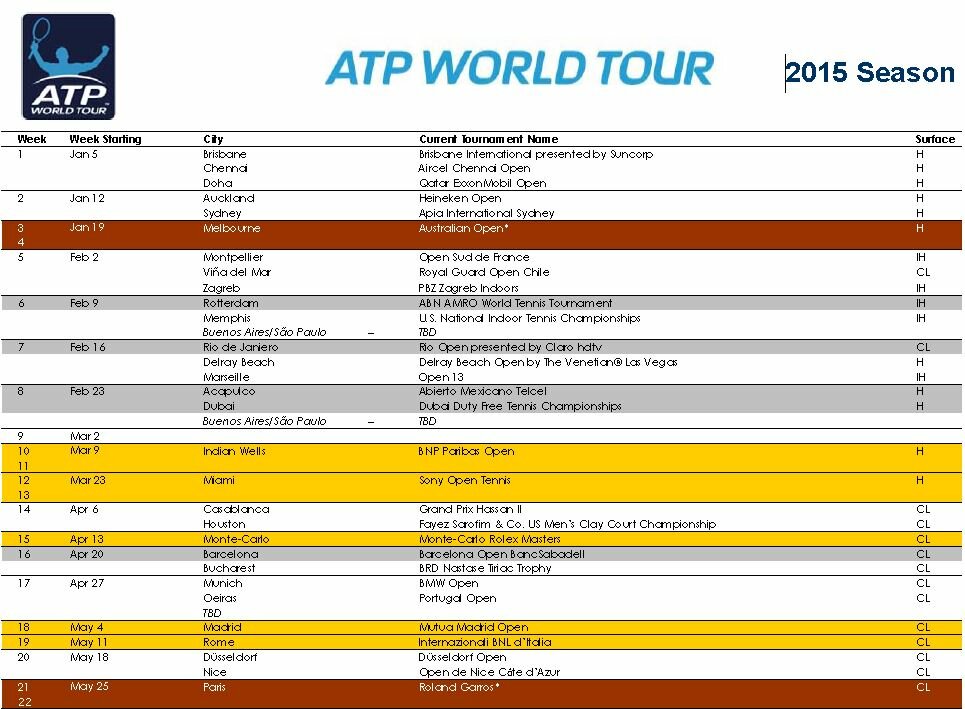In 1905, France, Austria, Belgium and Australasia, a combined team of players from Australia and New Zealand also started competing in the Davis Cup. The inclusion of other countries continued and by the 1920s a bit more that 20 nations regularly participated in the event.
The first editions were dominated by USA, Great Britain and Australasia. However, that dominance ended in 1927 due to France’s famous “Four Musketeers” (Jean Borotra, Jacques Brugnon, Henri Cochet and Rene Lacoste, in the post’s picture) that won the Davis Cup six years in a row.
USA, Great Britain and Australia retook their dominance in the 1930s and extended it for more that 40 years! In this amazing Era, Australians Harry Hopman and Roy Emerson both entered the Davis Cup hall of fame for winning more titles as captain (16) and player (8) respectively.
In 1969 the competition included 50 nations for the first time. In 1972, the competition format suffered a major change: the Challenge Round was abolished and therefore the reigning champion became oblige to play in every round, rather have the right to go straight into the Final.
In 1974, South Africa became the fifth nation to win the cup and afterwords Sweden, Italy and Czechoslovakia did the same which contributed to an increasing popularity of the Davis Cup all over the world.
In 1981, the current Davis Cup format was introduced: a 16-nation World Group was created (a sort of premier league) that disputes the trophy each year and other nations were split into regional groups (competing for promotion to the major 16 group).
The 1980s were a decade of Sweden and Germany dominance (3 titles each).
In 1993 100 nations entered the competition for the first time. Six years later the Davis Cup itself celebrated its 100th edition.
During the last decade, apart from Spain dominance, mentioned has to be made to Russia and Croatia, that became the only unseeded nation to be win the event, and also to Serbia that won the trophy for the first time.




